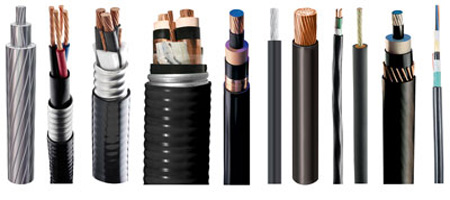Planning for solar array wiring is a detailed process with timing and financial implications. The variety of solar cables available, the specific uses for each and the supply chain are reasons why solar cabling should never be an afterthought.
“The best advice is to spend the proper time on the development of the project and have experienced installation personnel,” said Hanss Bruss, key account manager for solar at Helukabel. “It’s important to understand the latest changes in codes and to be aware of the features of quality cable that will last in the severe environment that solar panels are exposed to, and have experienced people planning the installation.”
Oftentimes, contractors will order cable for a project months ahead of construction. Project size can impact lead-time, with larger projects requiring additional oversight due to the cost of materials.
“Establishing an early, upfront relationship with a cabling manufacturer can help ensure the right cable for the job, as well as guarantee product availability and seamless logistics once the project commences,” said Karen Wilkinson, director of marketing communications at General Cable.
When ordering cables, the project’s engineering firm (EPC) analyzes the specifics of the project and sets the required cable specifications. To ensure the right cable is procured, the EPC provides a Bill of Laden to the contractor or information such as ampacity requirements, soil conditions, project size, voltage and temperature considerations.
Furthermore, the National Electric Code (NEC) designates the requirements for cable used in solar systems. The conductor size is determined by the ampacity and voltage of the system. The local jurisdiction can provide input on cabling. And there are some options that are not specified by the NEC, such as LSZH/Zero Halogen requirements, flame retardant and materials.
Contractors purchase a variety of low-voltage power and control cables, as well as medium-voltage distribution cable. Cables that connect the solar panels together transfer the dc power generated to the inverter. Other cables take the ramped up ac power from the inverter to the transformer where it is then transferred into the grid or used by the local application. Communication and control cables are found throughout the installation. They can provide performance data and power tracker motors.
“Given the often extreme installation environment for solar power systems, coupled with the need to save time and ensure reliability, pre-connectorized cable solutions are a consideration,” Wilkinson said.
Ideal for utility scale generation systems, pre-connectorized solutions enable fast, easy connections, simplifying installation while removing the inconsistencies associated with field termination.
Along those same lines, DC feeder cables for connecting combiner boxes to inverters are now offered as all-in-one metal-clad cables that increase reliability and eliminate the need to install conduit. PV cables are also being engineered in colors to easily identify source, output and inverter circuits without the need for time-consuming marking tape or tagging cables.
With project cost being a key consideration, ordering extra cable should be minimized. A good working relationship between the project engineer and cable provider can prevent buying more cable than necessary, although every project should include extra cable to cover normal usage and scrap considerations on a project. Cable manufacturers can help determine how much extra cable is prudent based on experience and the overall scope of the project, giving contractors peace of mind that they will not waste money or be left having to store and manage excess inventory that they may never be able to use.
“These cables can get pretty big and copper is expensive so the less scrap is better, but no one wants to have contractors sitting idle when you run out of material,” said Neal Allen, key account and industry manager at Helukabel.
This article has been published here by the PVBUZZ team from the original article written by Steven Bushong for publication on SolarPowerWorldOnline.










Comments